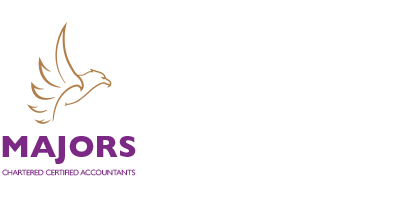As most self-employed readers will be aware, Self-Assessment tax and NIC payments on account are based on profits earned in the previous tax year and balancing payments due are not payable until the 31 January following the tax year end date.
From a cash flow point of view this is an advantage but only if taxable profits year on year are increasing.
During this unsettled period due to COVID-19 disruption, many self-employed businesses will have lower profits in 2019-20 compared to 2018-19, and even lower numbers in 2020-21 compared with 2019-20.
For these two years – profits arising in 2019-20 and 2020-21 – we recommend the we prepare accounts and submit returns as soon as possible after the end of the tax year. The 2019-20 tax year ended 5 April 2020.
Why do we recommend this?
- If profits have fallen, year on year, we can apply for payments on account (payable January and July each year) to be reduced.
- You will be advised of any balancing tax payments due for the previous tax year – due the following January – well in advance of the payment date, so you have time to save appropriately.
And there is a non-tax advantage to preparing accounts and tax calculations as quickly as is possible after the end of the tax year. If you need to apply for one of the recently announced Coronavirus Business Interruption Loans, your bank may need to see a copy of your most recent accounts. The data will also provide up-to-date information to create a realistic cash flow forecast.
Clients are requested to call as soon as they have updated their accounting records taxable in 2019-20 – for most businesses that will be for the year to 31 March 2020 (or 5 April 2020).

